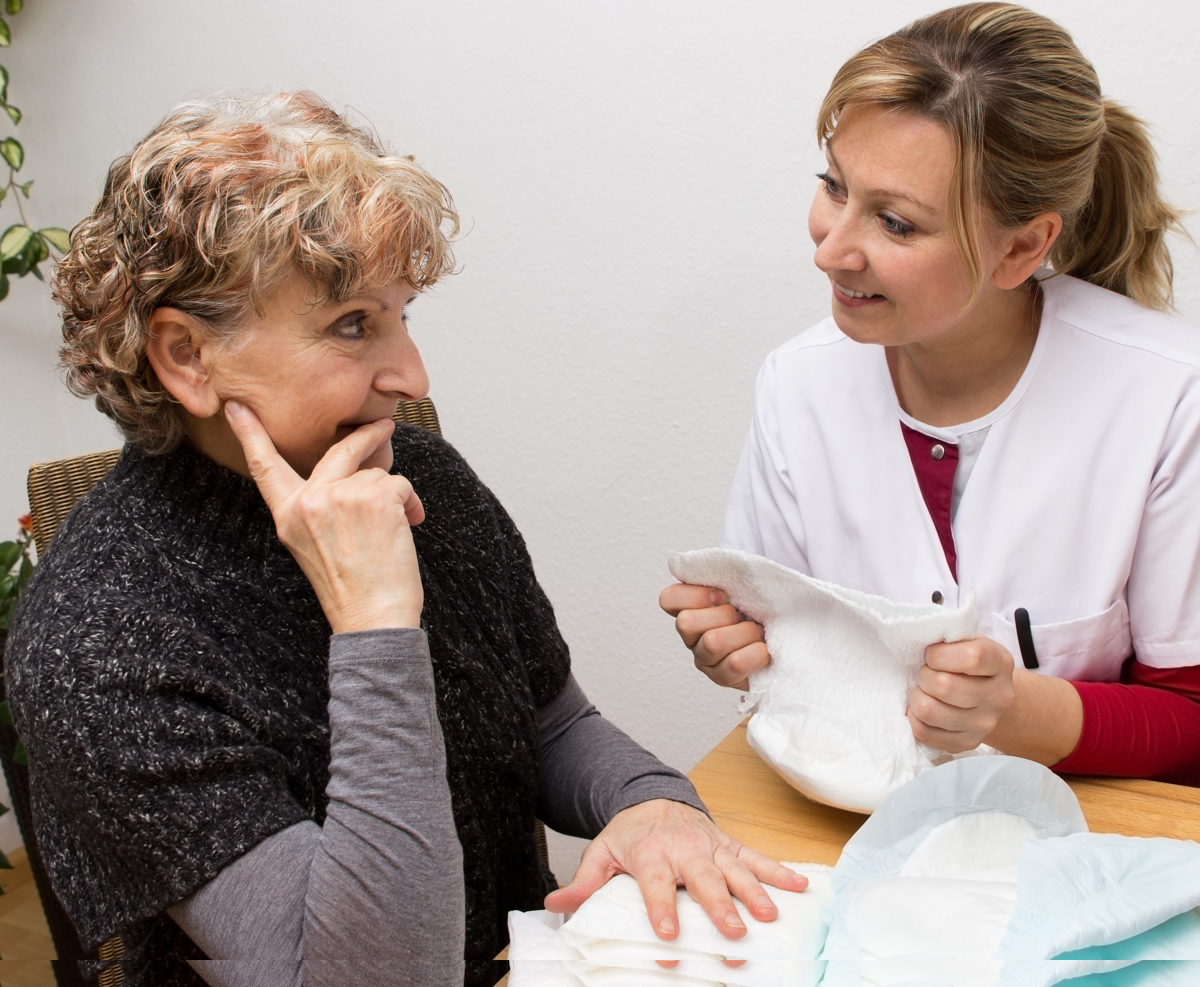What’s the Best Way to Treat Urinary Incontinence?

Recently, two scientific studies were published that address how menopausal women can correct and prevent urinary incontinence. First, this study in **Climacteric confirmed that pelvic floor muscle training confirms pelvic floor training improves blood flow, relaxation capacity, and tissue elasticity in postmenopausal women with urinary incontinence. In addition, this study published in JAMA assessed the effectiveness of group-based versus individual pelvic floor therapy, and found that they had similar effects at treating urinary incontinence for women aged 60 or over. The study acknowledges that group-based therapy could foster peer support and reduce stigma and isolation of women struggling with urinary incontinence. However, both methods proved to be successful at reducing urinary incontinence episodes.
Overall, both of these new studies support Dr. Winnifred Cutler’s advocacy for pelvic floor muscle therapy as an alternative to surgery. In chapter 6 of her 2009 book, Hormones and Your Health, Dr. Cutler reported on how weight loss and exercise can help prevent incontinence, and how kegel exercises can cure incontinence. Whether a woman attends a behavioral training program for pelvic muscle therapy, or chooses to complete the exercises at home seems to produce the same outcome.
The good news is that many women can expect a high probability of curing their urinary incontinence by building muscle strength without needing surgery. By learning how to do the exercise, then doing it at least three times a week, the outcome is excellent.
Or in other words: you may not need those adult diapers after all!
**ORIGINAL ARTICLE: Pelvic floor training: mechanisms of action for the improvement of genitourinary syndrome of menopause
J. Mercier, M. Morin, A. Tang, B. Reichetzer, M.-C. Lemieux, K. Samir, D. Zaki, F. Gougeon and C. Dumoulin
This study aims to investigate the mechanism of action of pelvic floor muscle training (PFMT) for the improvement of the signs and symptoms of genitourinary syndrome of menopause (GSM) in postmenopausal women with GSM and urinary incontinence (UI). Our findings suggest that PFMT improves blood flow in vulvovaginal tissues, PFM relaxation capacity, and vulvovaginal tissue elasticity in postmenopausal women with GSM and UI.